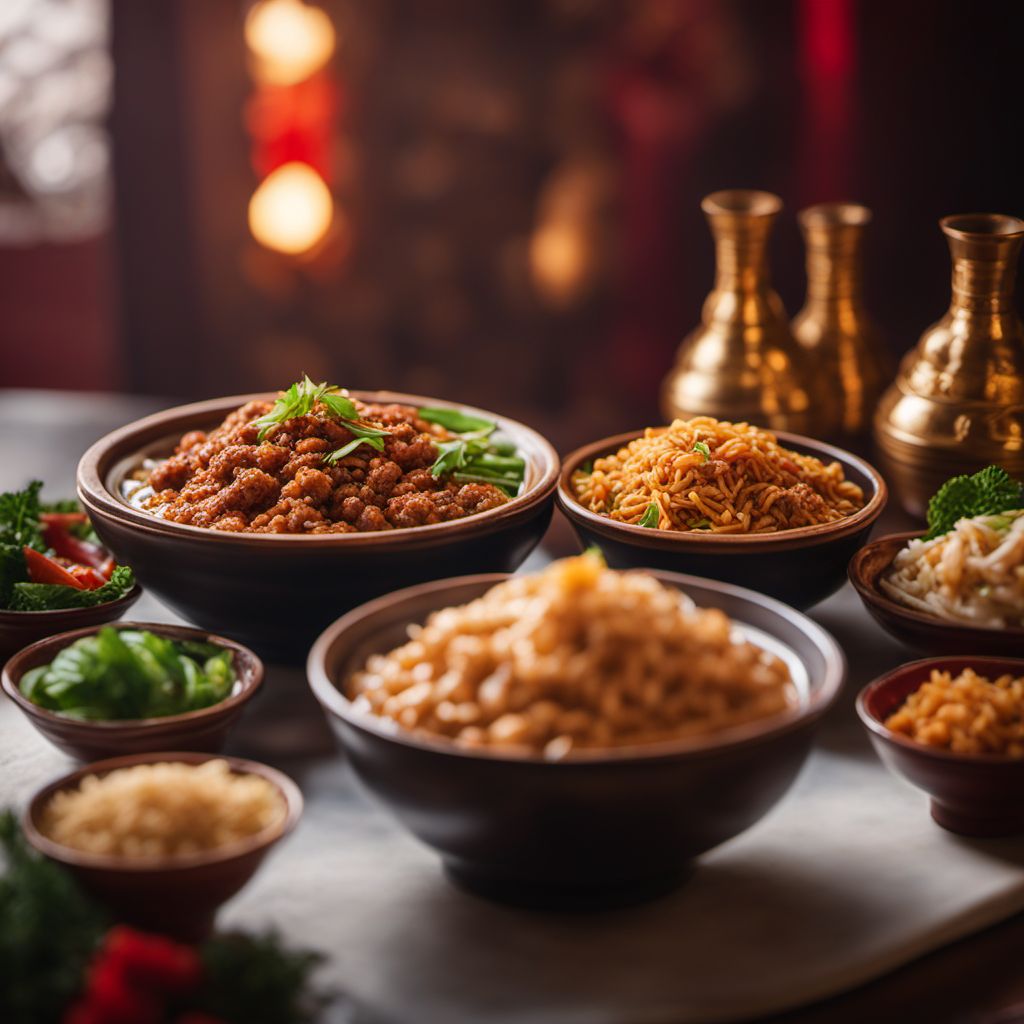
Cuisine
Xinjiang cuisine
Xinjiang cuisine is characterized by its bold and spicy flavors, with a focus on meat and dairy products. It is known for its use of lamb, beef, and chicken, as well as spices such as cumin, chili peppers, and Sichuan peppercorns. Some of the most popular dishes include Laghman (hand-pulled noodles), Kebabs, and Dapanji (big plate chicken).
Typical ingredients
Lamb, Beef, Chicken, Rice, Wheat, Noodles, Tomatoes, Onions, Garlic, Ginger, Cumin, Chili peppers, Sichuan peppercorns
Presentation and garnishing
Xinjiang cuisine is often presented in a communal style, with dishes served in the center of the table for everyone to share. Garnishes may include chopped scallions, cilantro, and tomatoes.
Xinjiang cuisine is also known for its Uyghur-style naan bread, which is traditionally baked in a tandoor oven.
More cuisines from this region...
Sichuan cuisine, Cantonese cuisine, Shanghai cuisine, Shanxi cuisine, Zhejiang cuisine, Putian cuisine, Shandong cuisine, Chiuchow cuisine, Teochew cuisine, Yunnan cuisine
History
Xinjiang cuisine has a long history dating back to the Han dynasty. It was heavily influenced by the local climate and geography, which made it difficult to grow crops and led to a reliance on meat and dairy products. Xinjiang cuisine became popular throughout China during the Tang dynasty, and has since spread to other parts of the world.
Cultural significance
Xinjiang cuisine is an important part of Chinese culinary culture, and is known for its bold and spicy flavors. It has been influenced by the region's Central Asian and Islamic traditions.
Health benefits and considerations
Xinjiang cuisine is believed to have many health benefits, including aiding digestion, reducing inflammation, and promoting cardiovascular health. However, it can also be high in fat and calories, so it should be consumed in moderation.
Xinjiang cuisine recipes Browse all »
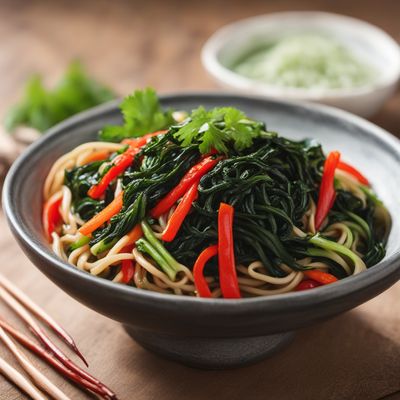
Xinjiang-style Spicy Wakame Udon
Fiery Fusion: Xinjiang Spiced Wakame Udon

Xinjiang-style Walnut Cakes
Silk Road Delights: Xinjiang-style Walnut Cakes

Xinjiang Spicy Noodle Stir-Fry
Fiery Xinjiang Noodles: A Spicy Delight from the Silk Road

Xinjiang-style Spicy Grilled Shrimp
Fiery Grilled Shrimp from the Heart of Xinjiang
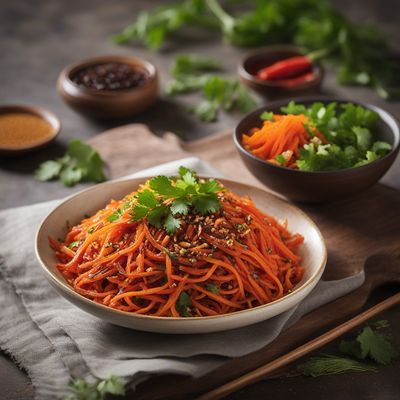
Xinjiang-style Spicy Carrot Salad
Fiery Carrot Delight: A Xinjiang Twist on Spicy Musaengchae

Xinjiang-style Cheese Frittata
Silky Cheese Delight: Xinjiang-style Frittata
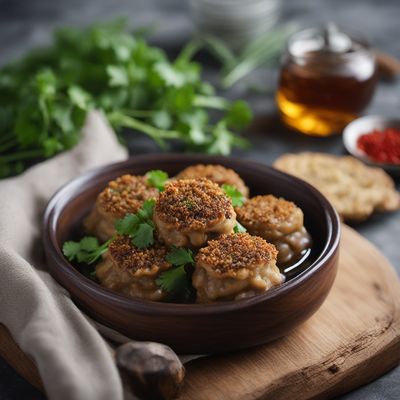
Xinjiang-style Mushroom Dumplings
Savory Xinjiang Mushroom Delights

Xinjiang Spiced Salted Prawns
Fiery Xinjiang Delight: Spiced Salted Prawns
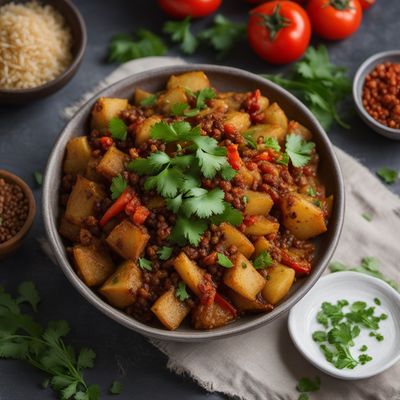
Xinjiang-style Tangy Potatoes
Silk Road Spiced Tangy Potatoes: A Xinjiang Delight

Xinjiang-style Walnut Chicken
Silk Road Delight: Xinjiang-style Walnut Chicken
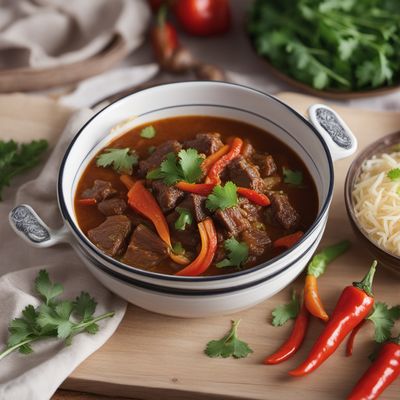
Xinjiang-style Sailor's Stew
Silk Road Delight: Xinjiang-style Sailor's Stew

Xinjiang-style Flatbread
Silk Road Delight: Xinjiang Flatbread with a Spicy Twist